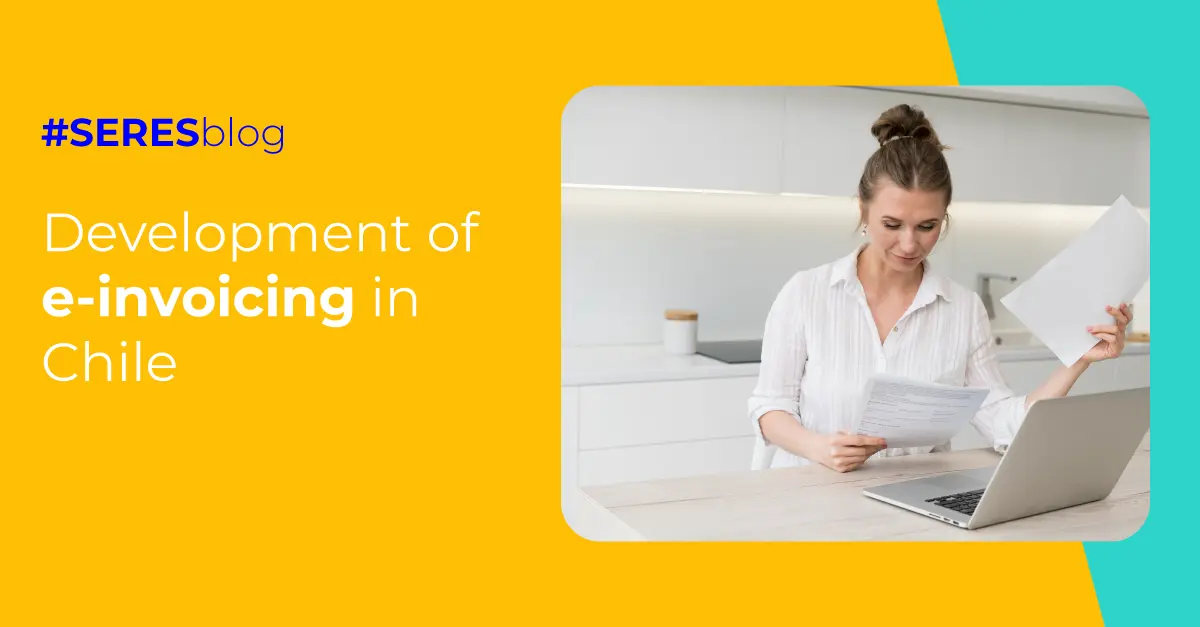How can artificial intelligence be used to help reduce the VAT gap?
Continuing issues with VAT fraud are prompting tax authorities to adopt machine learning and generative artificial intelligence to tackle the problem. Tax authorities in numerous countries, including those in the European Union, are increasingly adopting artificial intelligence tools to combat VAT fraud.
As of now, most AI models concentrate on machine learning techniques, which involve using vast amounts of data and algorithms to replicate the human learning process. These models gradually enhance their precision in basic tasks.
For instance, the System Teleinformatyczny Izby Rozliczeniowej (STIR) in Poland analyses data provided by banks and credit unions on taxpayers' accounts and transactions on a daily basis. This enables the National Tax Administration (KAS) to identify potential fraudulent activities in real-time.
Key areas in which AI can support tax authorities in VAT administration
- Risk assessments involve the analysis of significant volumes of taxpayer transactions. Historical data, industry benchmarks and risk indicators are taken into account. These assessments aid in prioritizing VAT audits and ensuring compliance.
- In terms of VAT fraud risk, artificial intelligence algorithms can identify anomalies in large data sets, which could indicate fraudulent activities, like false claims, tax evasion, or identity theft.
- Large-scale data analytics is crucial. Artificial intelligence has the ability to process vast amounts of data instantly to identify potentially fraudulent transactions. Incorporating machine learning algorithms enables tax authorities to detect patterns and anomalies in VAT returns or transactions, simplifying the identification of areas requiring further investigation.
- Advice to VAT taxpayers: Tax authorities can use chatbots or virtual assistants to provide automated answers to common VAT questions, covering areas such as registration requirements, refund obligations, time limits, deduction rights and international VAT rules.
Examples of tax authorities using machine learning techniques
- Romania reports a 1% year-on-year increase in VAT collection thanks to AI and bots.
- Italy, known for its use of AI to combat tax evasion, detected over one million high-risk cases via AI-based data analysis in the previous year. The VeRa algorithm compares multiple financial data points to identify taxpayers at risk, and becomes more efficient as it processes more data.
- Starting in May 2023, India will implement an artificial intelligence (AI) system to detect false claims for tax credits made through GST registrations.
- Meanwhile, Malta, the UK, Canada, the Netherlands and Ireland utilize AI to compare declared wealth with publicly available data on a daily basis. This method also taps into public records and, in certain limited instances, bank accounts to identify unreported assets and expenses.
- Sweden utilises AI to detect and highlight potential tax risk factors during the incorporation process for businesses. This has resulted in a reduction of manual review time and smoother application processing.
- Meanwhile, France has implemented AI-enabled satellite imagery analysis to detect conspicuous consumption indications, such as multiple cars or swimming pools, during tax investigations, particularly beneficial for local tax assessments.
- Xenon, developed by the Netherlands, is a tool employed by six European countries for investigating tax evasion via internet search and surveillance.
- Brazil utilises artificial intelligence to scrutinise tax applications, assessing taxpayers' responses on the basis of context and circumstances.
- Several countries, including Spain, Peru, Australia, Canada, the United Kingdom, Ireland, Finland, Latvia, Estonia, China, Russia, Singapore, Guatemala, Chile, Mexico, Costa Rica, Colombia and Brazil are using AI-based virtual assistants to manage their tax activities.
SERES as a key element in your invoicing process
The optimal solution for introducing e-invoicing in a company, and avoiding future problems, is to work with an approved service provider. SERES boasts over 30 years of expertise and has partnered with multiple international institutions on the execution of electronic invoicing and Electronic Document Interchange schemes.
Our objective is to furnish customised guidance to our patrons, enabling them to achieve a prosperous digital transformation of their enterprise. Our electronic invoicing system is designed to be adaptable to the specific regulatory requirements of each country. It also facilitates the exchange of invoicing information and provides real-time visibility, making it a truly global solution.



